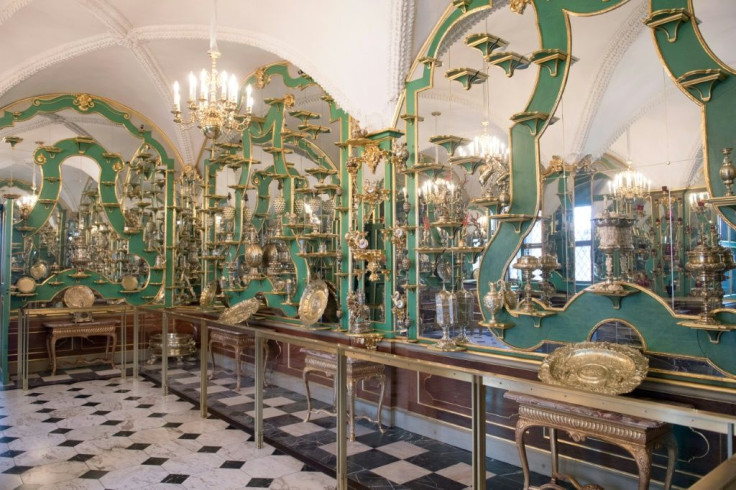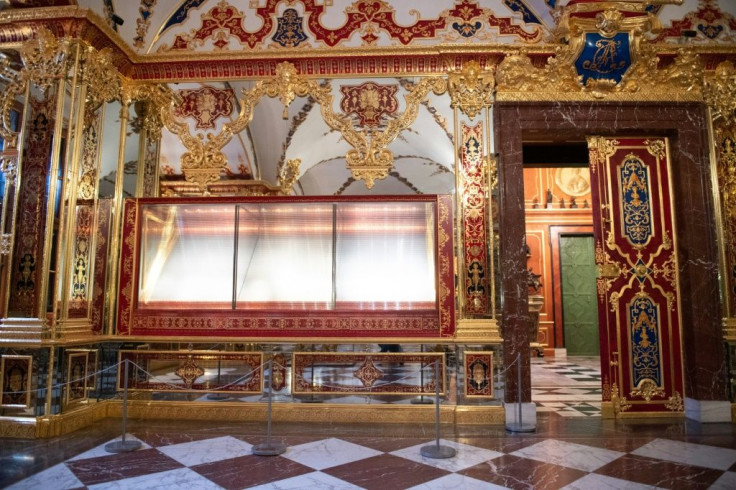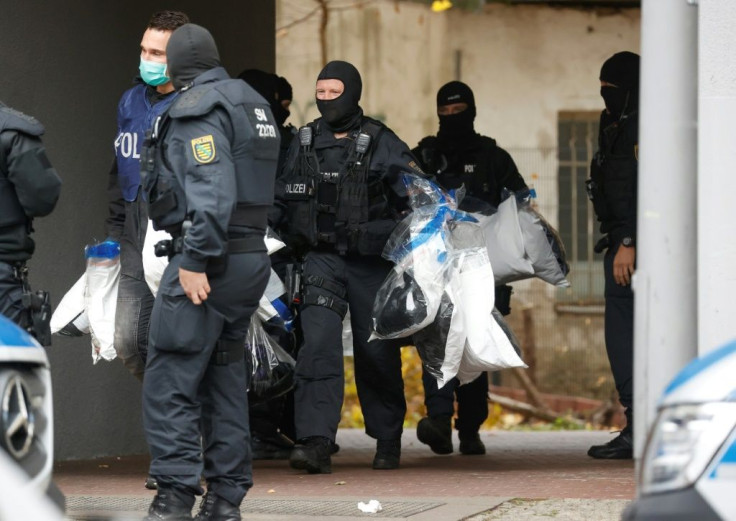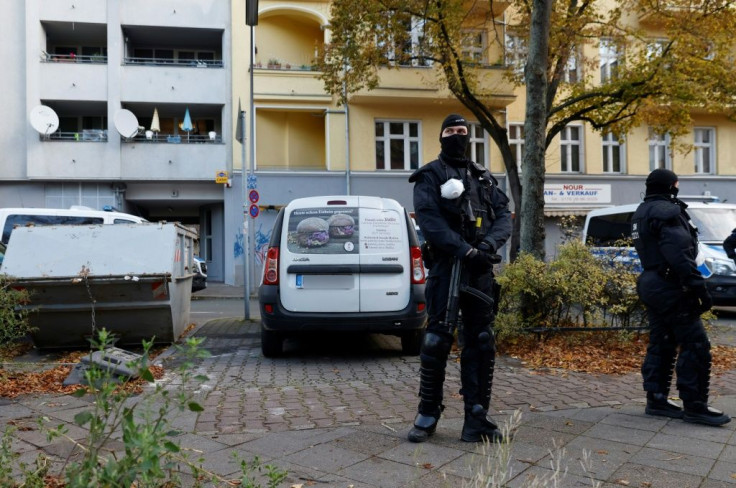Crime Family Targeted As Three Held Over Dresden Museum Heist
German police on Tuesday arrested three suspects and raided properties over a spectacular heist a year ago in which more than a dozen pieces of diamond-encrusted jewellery were snatched from a state museum in Dresden.
Investigators were searching 18 properties in Berlin, including 10 apartments as well as garages and vehicles, in connection with what local media have dubbed one of the biggest museum heists in modern history.
The main target of the probe was the so-called "Remmo clan", a family of Arab origin notorious for ties to organised crime whose members were in February convicted in another high-profile museum break-in in central Berlin.

Prosecutors did not name the three German citizens detained, but a spokesman confirmed they are members of the Remmo family.
They are also hunting another two suspects, 21-year-old twins Abdul Majed Remmo and Mohammed Remmo, over the Dresden heist.
All five are accused of "serious gang robbery and two counts of arson," said Dresden prosecutors.

The robbers launched their brazen raid lasting eight minutes on the Green Vault museum in Dresden's Royal Palace on November 25, 2019.
Having caused a partial power cut and broken in through a window, they snatched priceless 18th-century jewellery and other valuables from the collection of the Saxon ruler August the Strong.
Items stolen included a sword whose hilt is encrusted with nine large and 770 smaller diamonds, and a shoulderpiece which contains the famous 49-carat Dresden white diamond, Dresden's Royal Palace said.

The director of Dresden's state art collection, Marion Ackermann, had refused to put a value on the stolen items, calling them "priceless".
Tuesday's raids in the investigation codenamed "Epaulette" after the glittering shoulderpiece were "focused on the search for the stolen art treasures and possible evidence, such as data storage media, clothing and tools," police and prosecutors said.
In a joint statement with Saxony culture minister Barbara Klepsch, Ackermann said Tuesday's breakthrough "should finally give us hope of getting back the stolen jewels.

"They not only have an inestimable material value, but also have high cultural value," they added.
Experts have however warned that the chances of recovering the haul are slim, with the precious stones likely re-cut in the year that has lapsed since the crime.

Investigators were able to reconstruct the crime, as well as preparations leading up to it after combing through CCTV footage.
The discovery of a "highly motorised Mercedes 500 in taxi colours" was also key in leading to the suspects, said a spokesman for prosecutors.
The robbers first drove off with the loot in another vehicle before abandoning and setting fire to it.
They then climbed into the taxi-like Mercedes, using it in their getaway race back to Berlin, Bild daily reported.
Police hunting for the suspects had offered up to 500,000 euros ($600,000) reward for information leading to their arrests.
On Tuesday, around 1,600 officers were deployed in the raids and arrests, with special reinforcements called in from across the country to help.
The Remmos were previously implicated in another stunning museum robbery in the heart of Berlin in which a 100-kilogramme (220-pound) gold coin was stolen.
Two out of three of the suspects convicted in February in that case belonged to the family.
Police have found no trace of the Canadian coin since the late-night heist in March 2017 from the Bode Museum, located close to Chancellor Angela Merkel's Berlin apartment.
The "Big Maple Leaf", one of five minted in 2007, is considered the world's second-largest gold coin after the one-tonne Australian Kangaroo issued in 2012.
In recent years, so-called "clans" of primarily Middle Eastern origin have become a particular focus for police in Berlin.
Investigators last year targeted the Remmos with the seizure of 77 properties worth a total of 9.3 million euros, charging that they were purchased with the proceeds of various crimes, including a 2014 bank robbery.
In another huge heist this month, robbers hit a German customs office, making off with 6.5 million euros in cash.
Investigators said they drilled through a basement cellar through to the vault, snatching bags of cash.





















